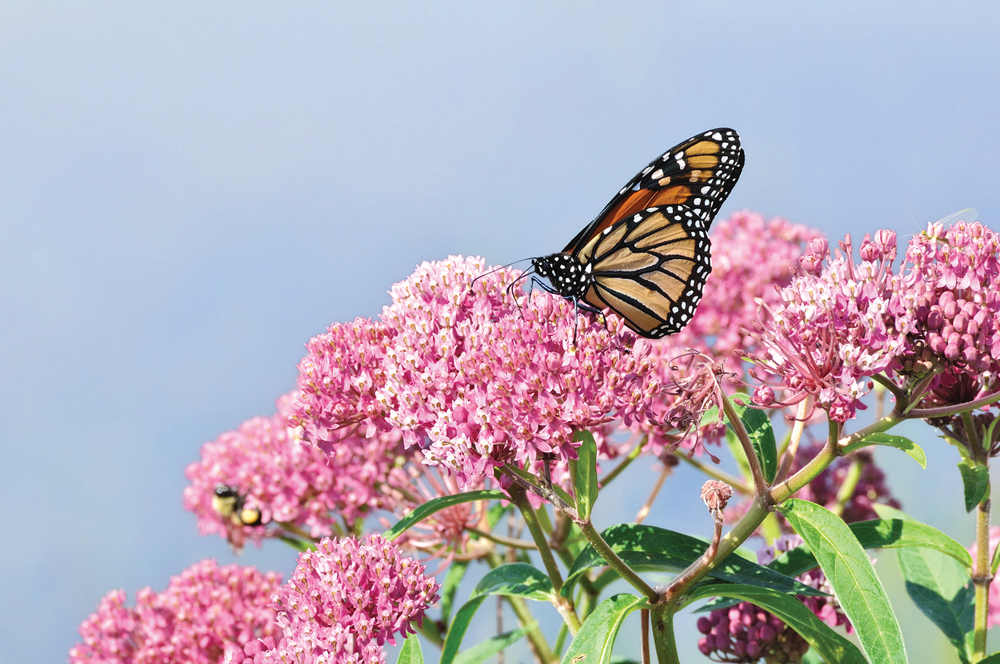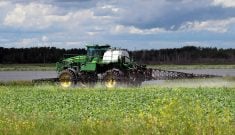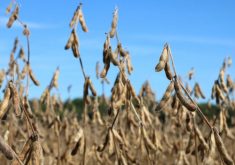The reappearance of milkweed in crops across the province is giving farmers a tough choice between weed control and conservation.
In Canada, there are 14 species of native milkweed that are the sole food group for monarch butterflies. Two of those species are listed on Manitoba Agriculture’s noxious weed list: common milkweed and showy milkweed.
One of these, common milkweed, is popping up in significant numbers in farmers’ fields this year.
Read Also
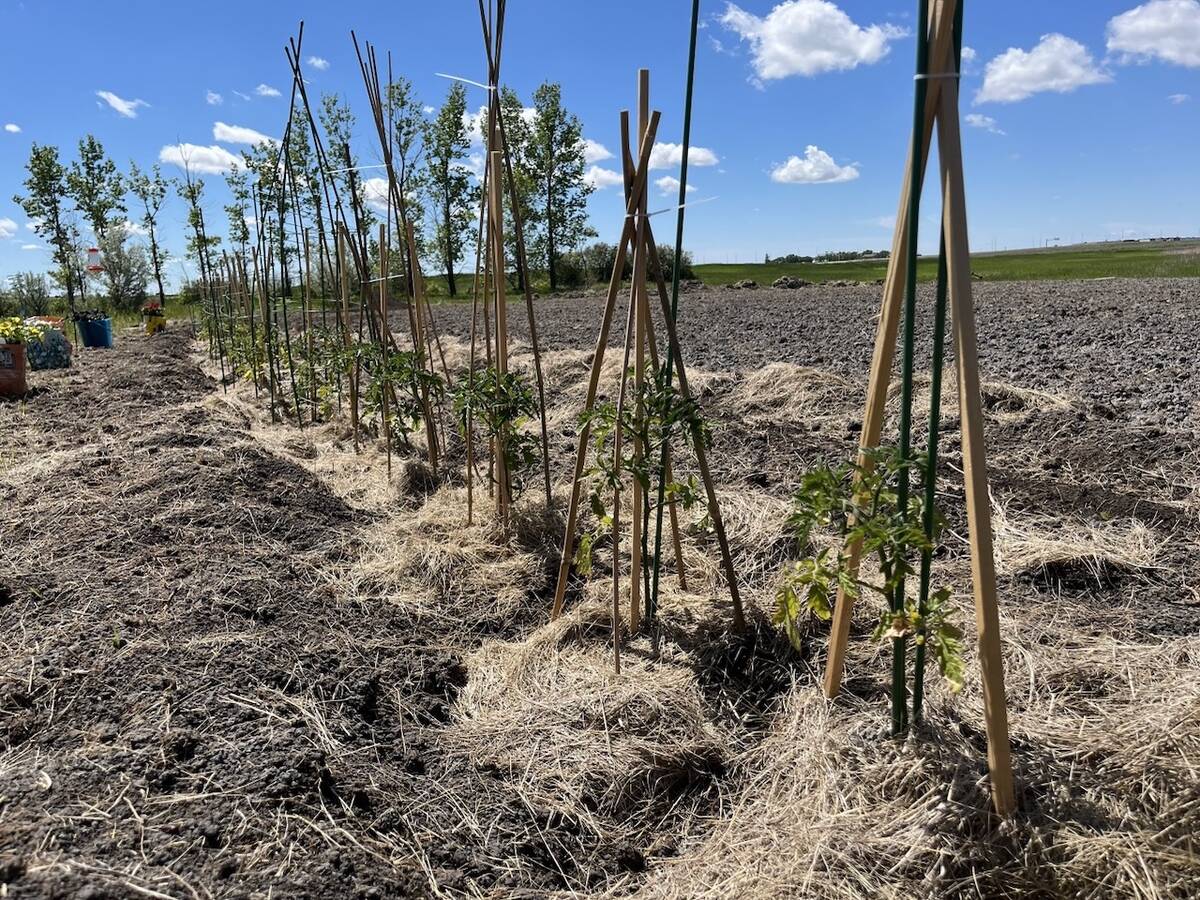
Seeding Indigenous agricultural prosperity
National Circle for Indigenous Agriculture and Food says Indigenous agricultural success needs strong relationships.
“I’m getting calls in from farmers that don’t know what this weed is. They’ve never seen it before, but they’ve got dozens and dozens of plants in their field,” said Manitoba Agriculture weed specialist Kim Brown-Livingston.
Why it matters: The monarch butterfly has been considered a species of concern in Canada since the late ’90s. In 2016, it was officially labelled as endangered.
Jeffrey Marcus, a University of Manitoba biological sciences professor who specializes in monarchs, said there are three main populations of the butterfly in North America. A population in Florida is non-migratory; a population in California migrates short distances to other locations in California; and the population in central and eastern North America (including Manitoba), which migrates through Texas to overwintering sites in central Mexico.
There are native populations in the Caribbean and Central America. Monarchs have also established populations in New Zealand, Australia, Hawaii and the Canary Islands, among other places.
“Monarchs as a species are not about to go extinct, but the fascinating long-distance migration of monarchs from Manitoba and other parts of central and eastern North America is under threat,” said Marcus.
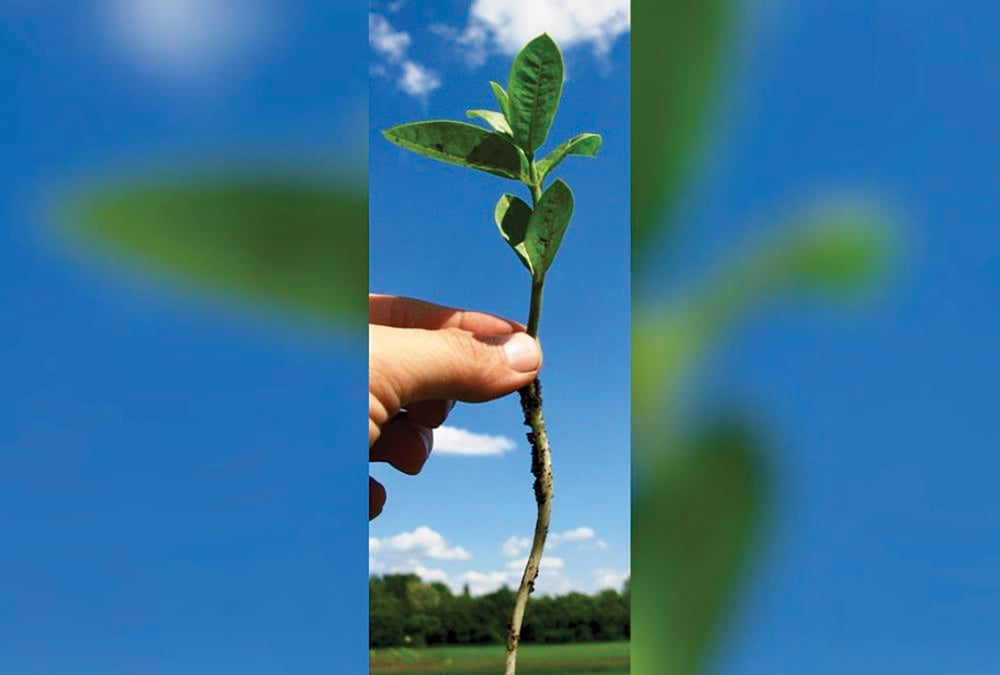
Common milkweed might be an uncommon sight for farmers now, but prior to widespread use of glyphosate, it was often found in fields.
“This plant has been very susceptible to glyphosate and has been less common in agricultural settings, at least since the 1990s,” he said.
The monarch butterfly is among the species in common public consciousness. Milkweeds are well known as the sole host plant for the butterflies, and gardeners include the plants in deliberate efforts to attract them.
But food is only part of the equation when it comes to monarch populations, said Marcus.
Glyphosate use has tamped common milkweed, and fewer food plants for caterpillars could be adding more pressure to monarch populations already stressed by other factors.
Marcus said that it is not the only pressure, and may not even be the most important one.
“Illegal logging in Mexico at the overwintering sites is probably the most serious immediate threat,” he said, adding that drought in Texas is also a factor.
Marcus said the central and eastern North American migratory monarch populations have been declining since about 1950, long before glyphosate became available.
“So, glyphosate can’t be the only factor influencing the abundance of butterflies in this population,” he said.
Monarch butterflies, like many other insects, can see stark year-over-year population fluctuations. Marcus pointed to potential 10-fold variations, either up or down, in consecutive years.
These are not unusual, he said, and in some other insect species, the year-to-year differences in population size could be 100-fold or even 1,000-fold.
Milkweed resurgence
So, will it matter to the monarchs if farmers successfully eradicate common milkweed from their fields?
“Perhaps not,” said Marcus, as long as “milkweed is abundant elsewhere,” such as ditches, natural areas and flower gardens, “or if the most important factors limiting monarch population size have to do with weather, the availability of overwintering sites, parasite loads, or a myriad of other factors that we may or may not be paying attention to.”
On the other hand, if milkweeds are already rare in a region, elimination will have an effect.
“If the milkweed-free geographic areas are large enough, we could see fewer monarchs overall in the migratory North American populations,” he said.
The reappearance of common milkweed in agricultural settings in Manitoba is a bit of a mystery. Marcus suggested there might be glyphosate-resistance traits coming into play, though he hasn’t seen published studies supporting that idea.
Brown-Livingston said the re-emergence might be environmental.
“Maybe it’s just been the weather conditions of the last few years. That happens sometimes,” she said. “For instance, when we come out of a dry cycle, all of a sudden we have a lot more saline weeds. Maybe the conditions over the last couple of years have led to it being more prevalent. I don’t really know.
“I do know one of the issues is that we don’t have a tool that was used quite extensively, especially for spot spraying milkweed,” said Brown-Livingston.
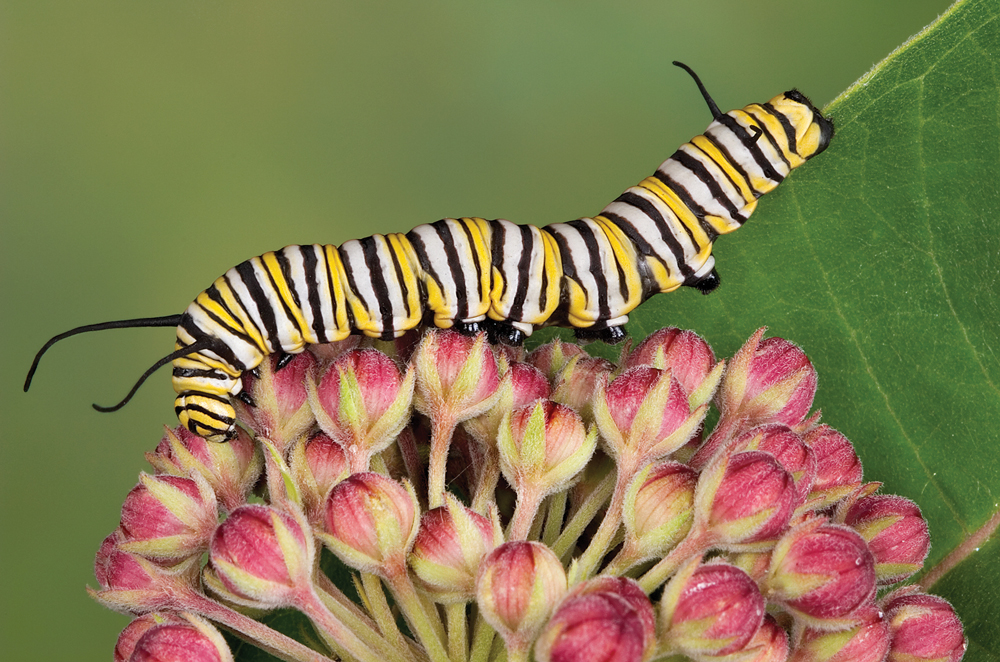
In 2016, the company that made Group 11 herbicide Amitrol decided to retire the product following a federal re-evaluation.
“We do not have access to that chemistry anymore. It hasn’t been for sale for a number of years, and it would have been the number one tool for spot-spraying milkweed.”
The only chemical options for milkweed control are some Group 4 herbicides and glyphosate.
“There’s really not much else you can do with some of these crops,” said Brown-Livingston. “The products that we would use as a post-emergent spray across the whole crop are not going to work for milkweed, so you’re going to have to go in and do some spot spraying or some other means of control on all the patches.”
As with any weed on the noxious weed list, the province regulates the extent to which farmers need to manage it. The act requires that Tier 1 weeds, considered a significant threat, be eradicated without conditions. Tier 2 weeds must be managed according to the size of the infestation and Tier 3 weeds have to be controlled if the weed’s uncontrolled growth or spread would have a negative impact.
Common and showy milkweeds are classified as Tier 3 noxious weeds.
“You would enforce the Noxious Weeds Act if it was becoming a nuisance or if it was endangering the agricultural community. We just don’t want it to get worse,” said Brown-Livingston.
Walking the tightrope
The monarchs arrived early in Manitoba this year.
“We were seeing (adult monarchs) in May this year,” said Marcus. “The Manitoba-born generation usually starts to fly as adults in mid-July, but I saw them flying today (July 5) in Stonewall, so they’re early, too. That might mean that the Manitoba monarchs will be able to get an extra generation in this year before they fly back to Mexico for the winter.”
What should a conservation-minded farmer do to minimize the effect of weed management on migratory monarch butterfly populations?
“It is always hard to find a balance, but there are some strategies,” said Brown-Livingston.
“If people have milkweed in an area where they don’t want to spray, they can at least do things like mow it later, after the monarch larvae have come through and done their feeding.”
The timing of this method would likely be effective this year because of the butterflies’ early arrival.
But mowing might not work every year. Traditionally, monarch butterflies arrive in Manitoba in June to lay their eggs on milkweed plants, and their larvae emerge in mid-to-late July to feed.
“The mowing would have to be early enough that the seed is not going to be dispersed. So the mowing would have to be earlier than that,” said Brown-Livingston.
She also suggested clipping the seed pods before they set seed as a way of stopping the spread.
“They have a big showy seed pod that looks like a big banana, and they’re full of seeds,” she said. “Even if you stopped seed transmissions that way, it would be very useful.”
She also pointed to less agriculturally fraught species of milkweed that the monarch butterfly prefers.
“We have common milkweed and showy milkweed on our noxious weeds list. Both of those are milkweed that the monarch butterfly will feed on, but there are other ones as well, like swamp milkweed, that it actually prefers,” she said. “If there are people who want to have milkweed around, it can be something other than common and showy, because (there) are ones that are not going to cause a problem for farmers.”


